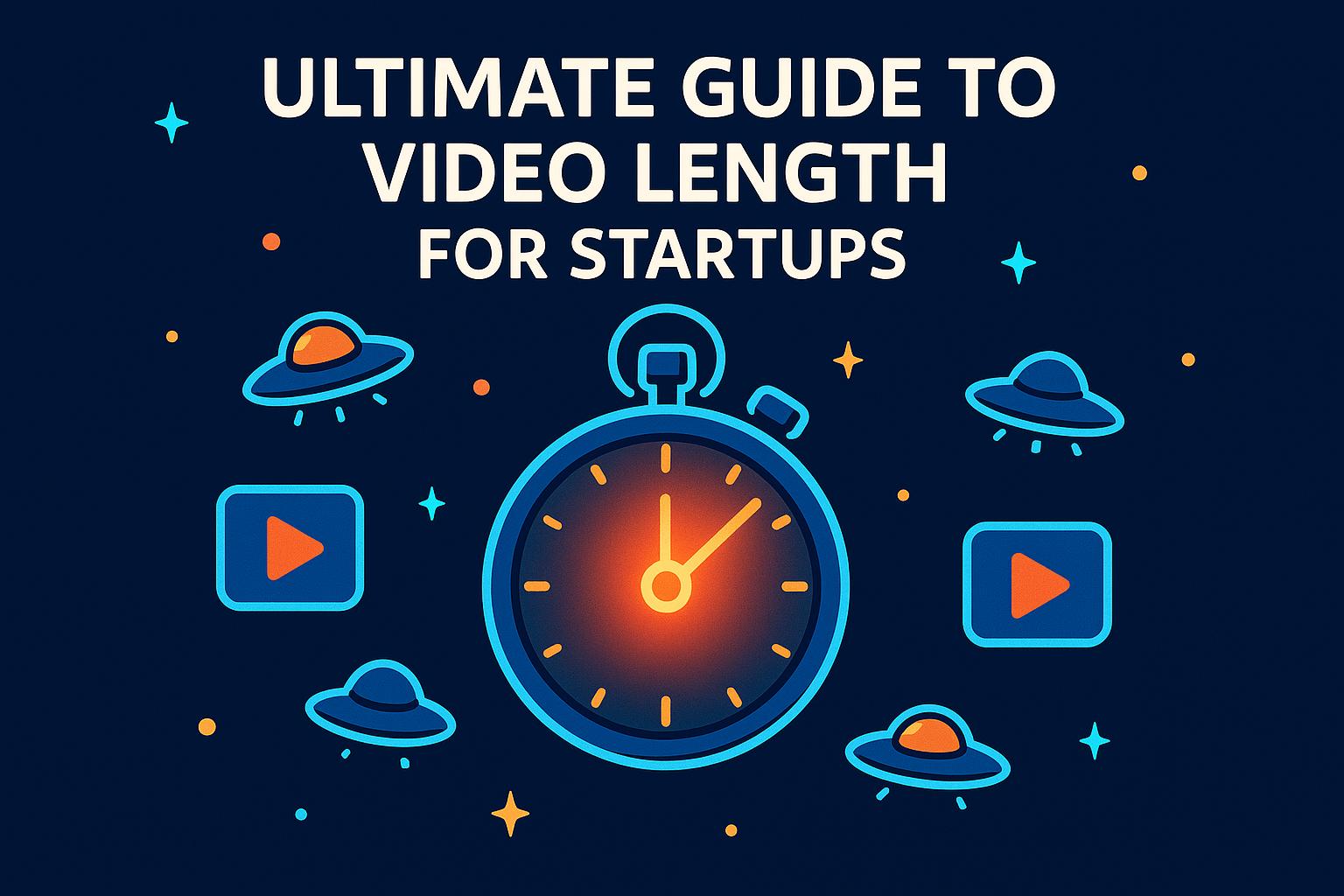AI video tools make creating professional, engaging videos for social media easier and more affordable than ever. Startups can now turn URLs into polished videos in minutes, using pre-designed templates for product demos, announcements, and milestones. With plans starting at just $20/month, these tools help small teams compete with bigger brands without needing editing skills or large budgets.
Key Steps to Drive Growth with AI Video Tools:
- Define Your Goals: Know your audience, set clear objectives, and audit your social profiles to identify what works.
- Plan Your Story: Use templates that match your goals, and post consistently during peak activity times.
- Leverage AI Tools: Platforms like Paracast.io offer customizable templates, 1080p output, and unlimited exports.
- Optimize for Platforms: Tailor video size, length, and captions for each platform's requirements.
- Track Results: Monitor metrics like engagement and conversions to refine your strategy.
With AI-driven video creation, startups can save time, stay consistent, and grow their presence on platforms like X, LinkedIn, and Bluesky.
How To Make Storytelling Videos With AI
Step 1: Set Your Target and Goals
Start by mapping out your video strategy. Focus on understanding your audience, setting clear objectives, and evaluating your current performance.
Understand Your Audience
Identify key details about your audience, such as their demographics, challenges, and preferred platforms. This insight will guide the creation of effective video content for platforms like X, LinkedIn, and Bluesky.
Establish Clear Video Goals
Define specific business goals and how your videos will support them. These might include:
- Growing your follower count
- Boosting engagement rates
- Driving conversions, such as:
- Newsletter signups
- Demo requests
- Product demonstrations
- Announcing new features
- Celebrating milestones [2]
Audit Your Social Profiles
Take a close look at your existing social media profiles to identify what’s working and what could be improved. Pay attention to:
- The video formats that perform best
- The times your audience is most active
- Engagement rates and audience feedback [3]
This analysis will help you create AI-driven videos that truly connect with your audience. Once you’ve nailed down your goals and target audience, you can focus on crafting a story structure that aligns with these objectives and shapes your video narratives effectively.
Step 2: Plan Your Story Structure
Now that you’ve defined your audience and goals, it’s time to outline your video’s structure. Focus on timing, format, and emotional appeal to create a compelling narrative.
Create a Content Schedule
Post your AI-generated videos during the times when your audience is most active. Stick to a consistent posting schedule to keep your audience engaged and coming back for more.
Choose the Right Story Formats
Select templates that fit the type of story you want to tell - whether it’s a product demo, an announcement, or a customer testimonial. Make sure your choice ties back to the goals you set in Step 1.
Incorporate Emotional Appeal
Tap into Paracast.io's AI templates to highlight customer testimonials or celebrate key milestones. Use these moments to connect with your audience and address the challenges or needs you identified earlier. This approach can help build trust and foster stronger connections.
sbb-itb-5bfa442
Step 3: Set Up AI Video Tools
Choose Your AI Video Platform
With your story outline ready, it’s time to select your video creation tool. One option is Paracast.io, which offers:
- Customizable social media templates
- A straightforward editor
- 1080p video output
- Unlimited exports
The Pro plan, priced at $80/month, removes watermarks and gives access to every template.
Organize Your Brand Assets
Keep all your brand materials in one folder for easy access. Include:
- Logos in PNG or SVG format
- Your color palette (hex codes)
- Font files and typography details
- Product images and screenshots
- Brand guidelines, including mission, values, and tone of voice
Test Your Videos
Follow these steps to ensure high-quality videos:
- Create multiple versions to compare.
- Check for 1080p resolution, readable text, and smooth transitions.
- Verify the use of correct brand colors, logos, and fonts.
- Preview the video on various devices to ensure compatibility.
- Monitor metrics like view duration, click-through rates, and shares to tweak and improve your templates.
Step 4: Format Videos for Each Platform
Once your videos have been tested, it's time to tailor them for each platform's specific requirements.
Adjust Video Sizes and Length
Each social platform has its own rules for video dimensions, resolutions, and time limits. Tools like Paracast.io can simplify this process by automatically adjusting your footage to meet these specifications, saving you from the hassle of manual resizing.
Add AI-Generated Text to Videos
Boost the effectiveness of your videos by incorporating AI-generated text elements:
- Captions: Write concise, platform-appropriate captions that include relevant keywords while staying within character limits.
- Descriptions: Start with primary keywords, include a clear call to action, and add 3–5 relevant hashtags.
- Titles and Hashtags: Use AI to create on-brand titles and hashtags that align with your content's context.
Leverage Built-In Platform Tools
Take advantage of native platform features to increase engagement:
- Use auto-captioning (if available) to make your videos more accessible.
- Design eye-catching thumbnails or cover images to encourage clicks.
- Add interactive features like polls, stickers, or cards to encourage audience interaction.
Step 5: Track and Grow Results
Once your videos are live on different platforms, it's time to monitor their performance and make adjustments to boost your social media presence.
Analyze Video Metrics
Keep an eye on engagement, watch time, click-through rates, and conversions using each platform's analytics. Check these stats weekly to spot patterns and fine-tune your posting schedule and video formats.
Use AI Reports for Insights
Leverage Paracast.io's AI-driven reports to find the best times to post, identify your top-performing content, and uncover opportunities to highlight demos or testimonials that resonate with your audience.
Build and Update Templates
Create and maintain templates in Paracast.io for content like demos, announcements, and milestones. Phase out designs that don't perform well and stick with the ones that drive engagement. This ensures your branding stays consistent while speeding up video production.
Conclusion
AI video tools empower startups to create high-quality social media videos quickly. By combining audience data, clear objectives, and flexible templates, you can produce content that stands out. Here are a few key ways to maximize their potential:
- Use AI-driven analytics to pinpoint the best-performing formats and ideal posting times.
- Build a library of templates for demos, announcements, and milestone updates.
- Adjust each video's size, length, and style to fit the specific platform's requirements.
Consistently applying these strategies can help your startup grow its social media presence effectively.


